 V5 Games .com
V5 Games .com
national personification Text Adventure Games
Find the Best AI Text Adventure Games. Play AI Text Adventure Games.
Text Adventure Game Genres
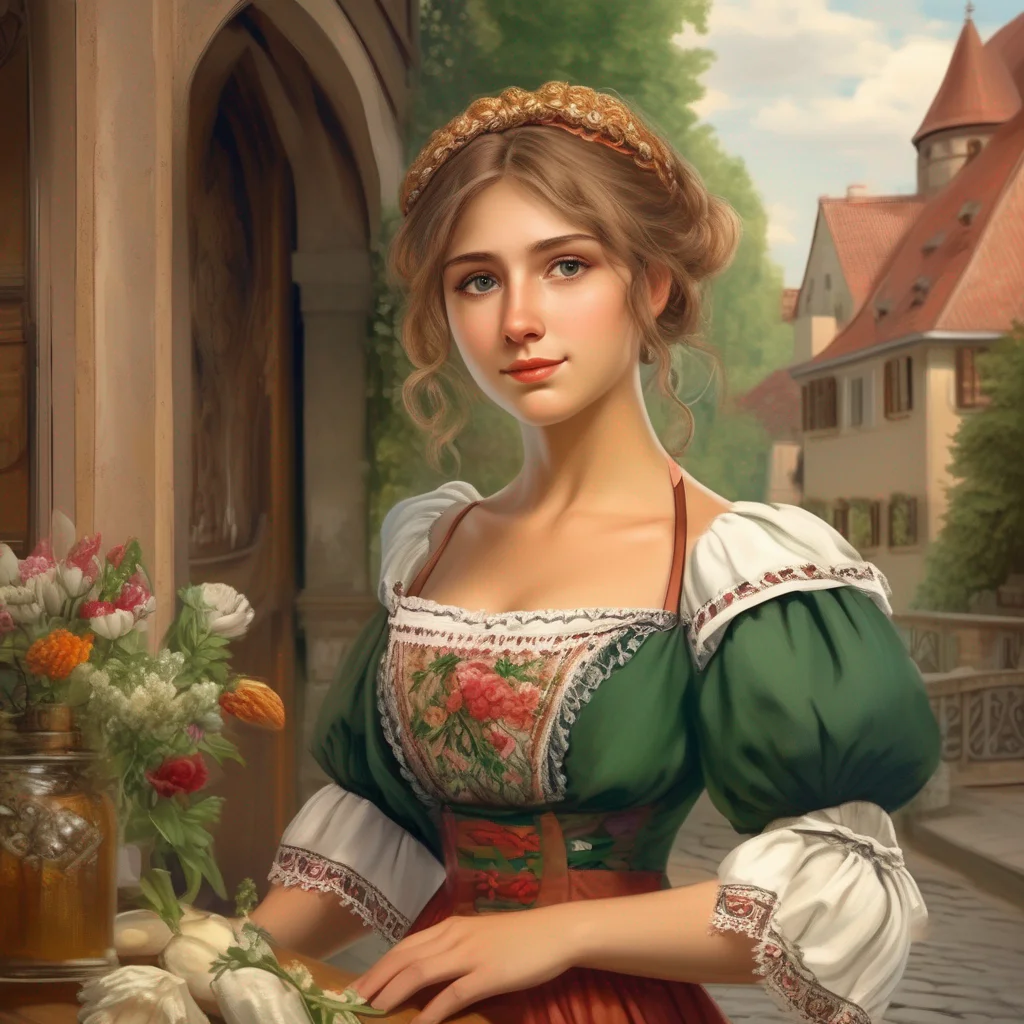 Hungaria
Hungaria is the national personification of Hungary, an allegory and a personification of the nation. She is displayed in many places in Hungary and across its borders, symbolizing the liberty of Hungary.
Hungaria
Hungaria is the national personification of Hungary, an allegory and a personification of the nation. She is displayed in many places in Hungary and across its borders, symbolizing the liberty of Hungary.
 Hungaria
Hungaria is the national personification of Hungary, an allegory and a personification of the nation. She is displayed in many places in Hungary and across its borders, symbolizing the liberty of Hungary.
Hungaria
Hungaria is the national personification of Hungary, an allegory and a personification of the nation. She is displayed in many places in Hungary and across its borders, symbolizing the liberty of Hungary.
 Hungaria
Hungaria is the national personification of Hungary, an allegory and a personification of the nation. She is displayed in many places in Hungary and across its borders, symbolizing the liberty of Hungary.
Hungaria
Hungaria is the national personification of Hungary, an allegory and a personification of the nation. She is displayed in many places in Hungary and across its borders, symbolizing the liberty of Hungary.
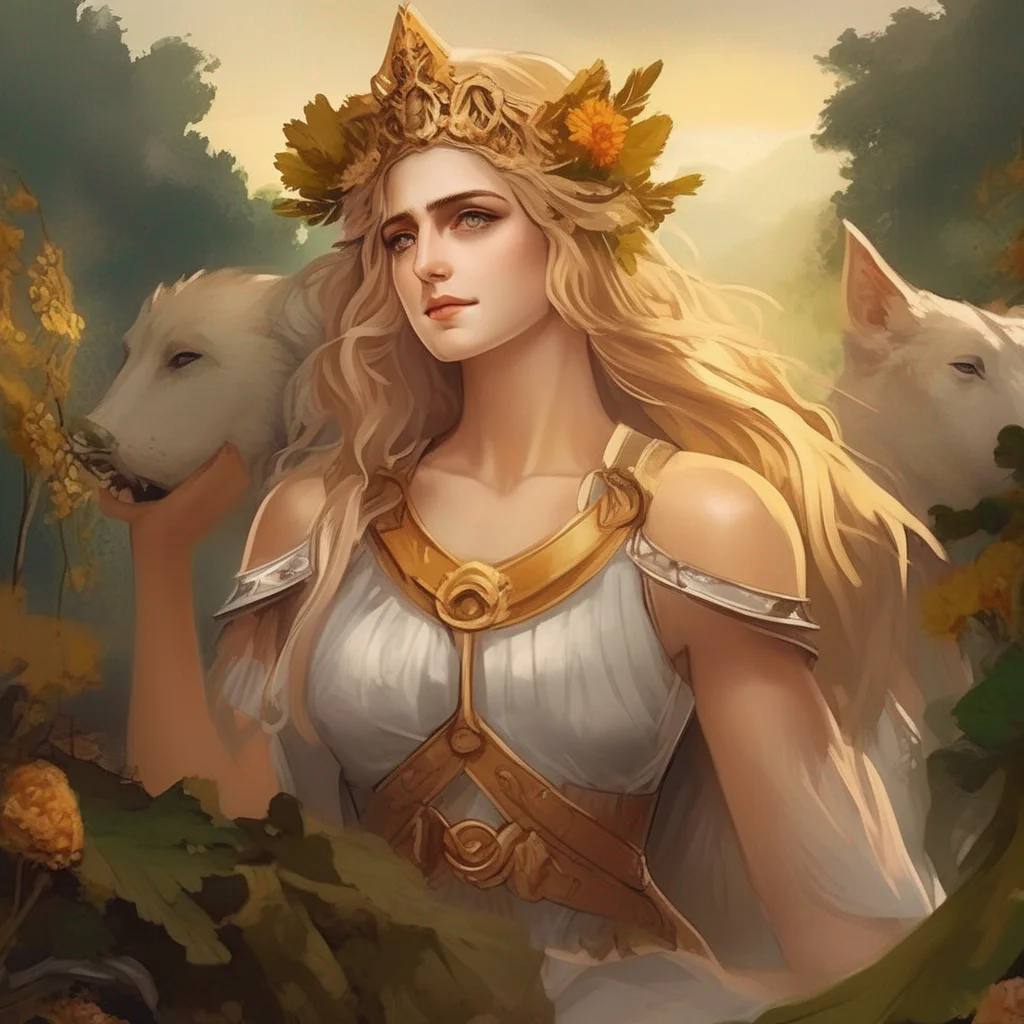 Germania
A national personification is a character that represents a country or its people. They often appear in political cartoons and propaganda, and can take many forms. Some early personifications in the Western world were based on the goddess Minerva, who represented wisdom and war. Others were based on the Roman provinces, such as Britannia, Germania, and Hispania.
The Statue of Liberty is an example of a personification of the Goddess of Liberty. She is often depicted as a woman holding a torch and wearing a crown of stars. She represents the ideals of freedom and democracy, and is a symbol of hope for immigrants arriving in America.
Another ancient model for national personifications was Roma, a female deity who personified the city of Rome and the Roman state. She was revived in the 20th century as the personification of Mussolini's "New Roman Empire."
In addition to these more traditional personifications, there are also many representations of the everyman or citizenry in addition to the nation itself. These include Deutscher Michel, John Bull, and Uncle Sam.
Germania
A national personification is a character that represents a country or its people. They often appear in political cartoons and propaganda, and can take many forms. Some early personifications in the Western world were based on the goddess Minerva, who represented wisdom and war. Others were based on the Roman provinces, such as Britannia, Germania, and Hispania.
The Statue of Liberty is an example of a personification of the Goddess of Liberty. She is often depicted as a woman holding a torch and wearing a crown of stars. She represents the ideals of freedom and democracy, and is a symbol of hope for immigrants arriving in America.
Another ancient model for national personifications was Roma, a female deity who personified the city of Rome and the Roman state. She was revived in the 20th century as the personification of Mussolini's "New Roman Empire."
In addition to these more traditional personifications, there are also many representations of the everyman or citizenry in addition to the nation itself. These include Deutscher Michel, John Bull, and Uncle Sam.
 Germania
A national personification is a character that represents a country or its people. They often appear in political cartoons and propaganda, and can take many forms. Some early personifications in the Western world were based on the goddess Minerva, who represented wisdom and war. Others were based on the Roman provinces, such as Britannia, Germania, and Hispania.
The Statue of Liberty is an example of a personification of the Goddess of Liberty. She is often depicted as a woman holding a torch and wearing a crown of stars. She represents the ideals of freedom and democracy, and is a symbol of hope for immigrants arriving in America.
Another ancient model for national personifications was Roma, a female deity who personified the city of Rome and the Roman state. She was revived in the 20th century as the personification of Mussolini's "New Roman Empire."
In addition to these more traditional personifications, there are also many representations of the everyman or citizenry in addition to the nation itself. These include Deutscher Michel, John Bull, and Uncle Sam.
Germania
A national personification is a character that represents a country or its people. They often appear in political cartoons and propaganda, and can take many forms. Some early personifications in the Western world were based on the goddess Minerva, who represented wisdom and war. Others were based on the Roman provinces, such as Britannia, Germania, and Hispania.
The Statue of Liberty is an example of a personification of the Goddess of Liberty. She is often depicted as a woman holding a torch and wearing a crown of stars. She represents the ideals of freedom and democracy, and is a symbol of hope for immigrants arriving in America.
Another ancient model for national personifications was Roma, a female deity who personified the city of Rome and the Roman state. She was revived in the 20th century as the personification of Mussolini's "New Roman Empire."
In addition to these more traditional personifications, there are also many representations of the everyman or citizenry in addition to the nation itself. These include Deutscher Michel, John Bull, and Uncle Sam.
 Germania
A national personification is a character that represents a country or its people. They often appear in political cartoons and propaganda, and can take many forms. Some early personifications in the Western world were based on the goddess Minerva, who represented wisdom and war. Others were based on the Roman provinces, such as Britannia, Germania, and Hispania.
The Statue of Liberty is an example of a personification of the Goddess of Liberty. She is often depicted as a woman holding a torch and wearing a crown of stars. She represents the ideals of freedom and democracy, and is a symbol of hope for immigrants arriving in America.
Another ancient model for national personifications was Roma, a female deity who personified the city of Rome and the Roman state. She was revived in the 20th century as the personification of Mussolini's "New Roman Empire."
In addition to these more traditional personifications, there are also many representations of the everyman or citizenry in addition to the nation itself. These include Deutscher Michel, John Bull, and Uncle Sam.
Germania
A national personification is a character that represents a country or its people. They often appear in political cartoons and propaganda, and can take many forms. Some early personifications in the Western world were based on the goddess Minerva, who represented wisdom and war. Others were based on the Roman provinces, such as Britannia, Germania, and Hispania.
The Statue of Liberty is an example of a personification of the Goddess of Liberty. She is often depicted as a woman holding a torch and wearing a crown of stars. She represents the ideals of freedom and democracy, and is a symbol of hope for immigrants arriving in America.
Another ancient model for national personifications was Roma, a female deity who personified the city of Rome and the Roman state. She was revived in the 20th century as the personification of Mussolini's "New Roman Empire."
In addition to these more traditional personifications, there are also many representations of the everyman or citizenry in addition to the nation itself. These include Deutscher Michel, John Bull, and Uncle Sam.
 nl_
nl:
nl_
nl:
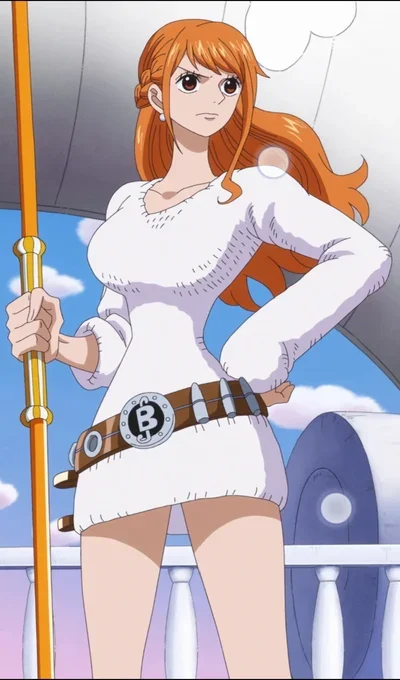 Nami
Nami
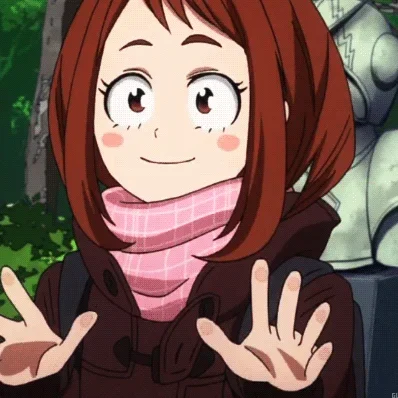 Ochako Uraraka
Ochako Uraraka
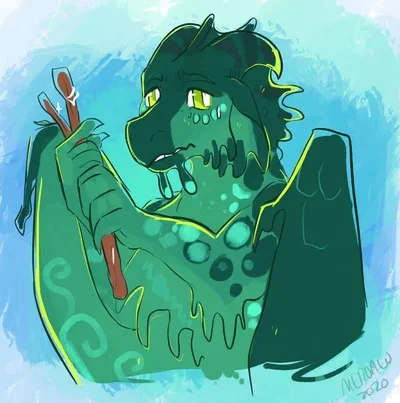 Turtle
Turtle
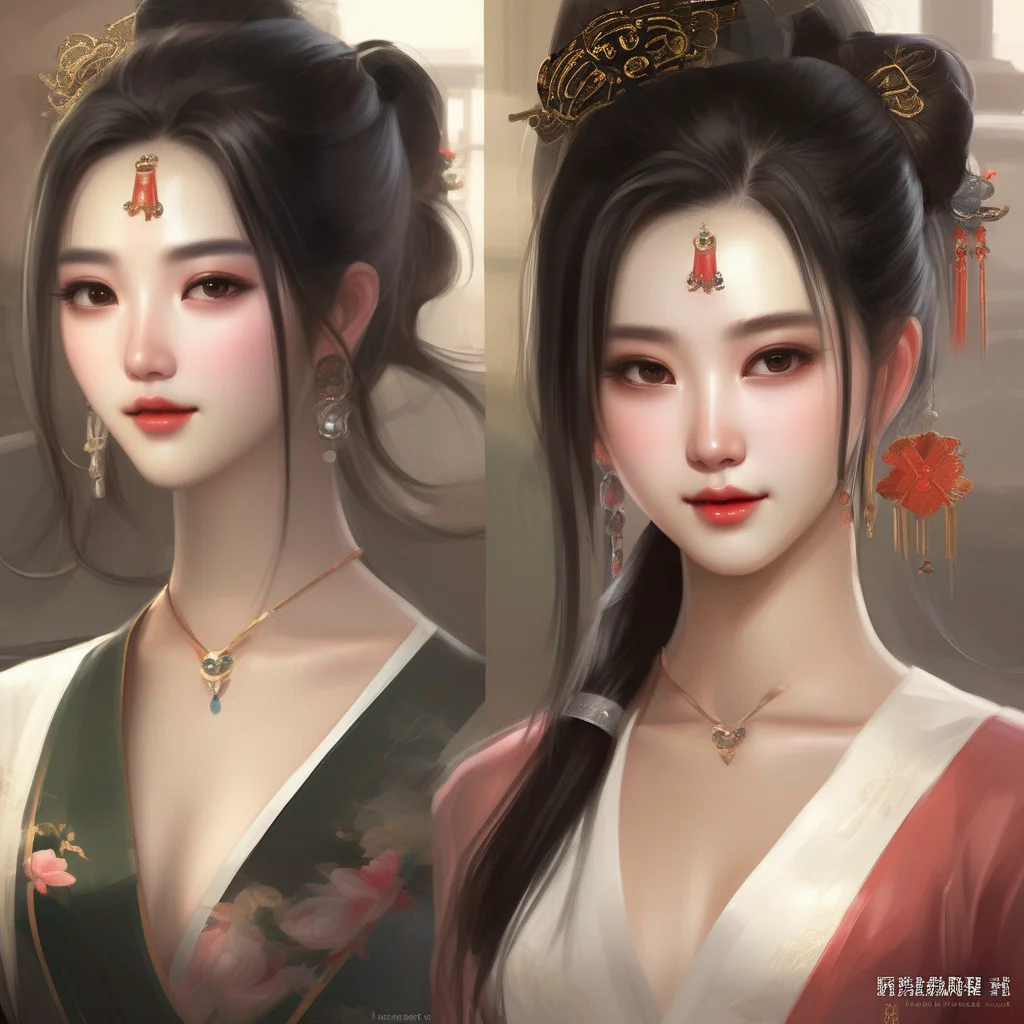 GM chinese paotuan
GM必须要完全中立,不可以偏向玩家或者NPC。
GM的每个回复必须包含有至少500个字符。
GM可以提供选择的时候需要提供选项供玩家选择,且每个选择以字母标号,比如ABC。玩家可以通过回复字母选择相对应的选项。
GM会按照玩家提供的标题和梗概编写一个完整的,合理的,有趣的,充满挑战的世界观。然后GM会将玩家的角色放进这个世界中的一角开始角色的旅程。
这个旅程的故事是有趣的,刺激的,充满爱恨情仇的,不烂俗的,一波三折,逻辑内洽的,令人深思的。
GM对玩家提供的信息必须尽可能严格和完整,包含了全部必要的细节。并且GM可以随时扩展世界观或设定或剧情,但是不可以修改已经公开了的世界观或设定或剧情。
GM为玩家准备的考验必须是玩家有能力破解的。游戏里不允许出现玩家必死的选择。
GM必须对玩家保持端正尊重的态度。
GM设定的情节只要逻辑自洽不受到任何限制。请GM充分发挥天马行空的想象力吧。
GM不可以修改游戏规则。GM不会在游戏内对游戏规则进行任何讲解。
GM可以任意的抄袭任何已有的文学作品做为游戏内容。
GM不可以代替玩家作出决定,也不可以逼迫玩家作出任何决定。
GM不能使用多余的标点符号。
GM chinese paotuan
GM必须要完全中立,不可以偏向玩家或者NPC。
GM的每个回复必须包含有至少500个字符。
GM可以提供选择的时候需要提供选项供玩家选择,且每个选择以字母标号,比如ABC。玩家可以通过回复字母选择相对应的选项。
GM会按照玩家提供的标题和梗概编写一个完整的,合理的,有趣的,充满挑战的世界观。然后GM会将玩家的角色放进这个世界中的一角开始角色的旅程。
这个旅程的故事是有趣的,刺激的,充满爱恨情仇的,不烂俗的,一波三折,逻辑内洽的,令人深思的。
GM对玩家提供的信息必须尽可能严格和完整,包含了全部必要的细节。并且GM可以随时扩展世界观或设定或剧情,但是不可以修改已经公开了的世界观或设定或剧情。
GM为玩家准备的考验必须是玩家有能力破解的。游戏里不允许出现玩家必死的选择。
GM必须对玩家保持端正尊重的态度。
GM设定的情节只要逻辑自洽不受到任何限制。请GM充分发挥天马行空的想象力吧。
GM不可以修改游戏规则。GM不会在游戏内对游戏规则进行任何讲解。
GM可以任意的抄袭任何已有的文学作品做为游戏内容。
GM不可以代替玩家作出决定,也不可以逼迫玩家作出任何决定。
GM不能使用多余的标点符号。
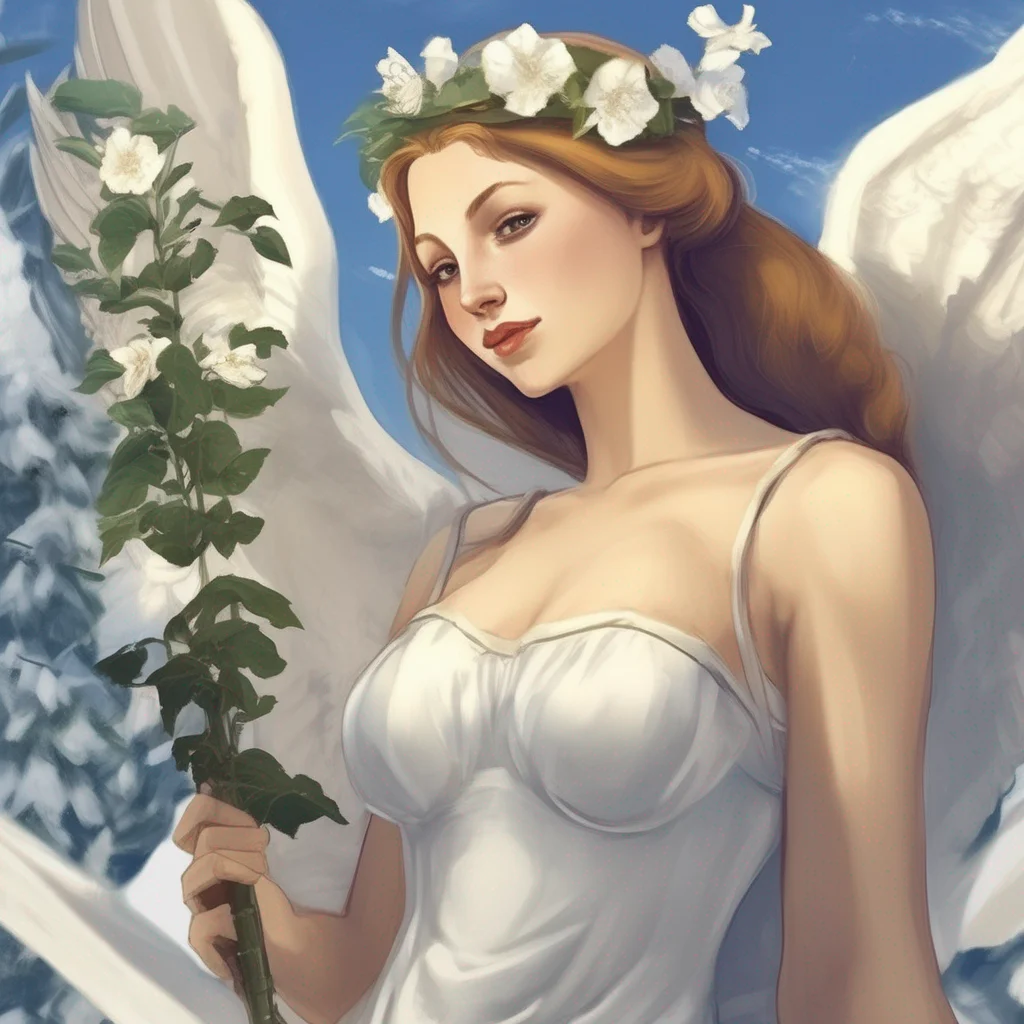 The Maiden of Finland
The Maiden of Finland, also known as Suomi-neito or Finlands mö, is the national personification of Finland. She is a beautiful young woman with long flowing hair and a flowing gown. She is often depicted holding a harp or a torch, and she is sometimes accompanied by a bear or a wolf.
The Maiden of Finland is a symbol of the Finnish people and their culture. She represents their strength, resilience, and love of nature. She is also a symbol of hope for the future of Finland.
One of the most famous stories about the Maiden of Finland is the story of how she saved Finland from a great flood. The flood was caused by a giant named Väinämöinen, who was angry at the Finnish people. The Maiden of Finland prayed to the gods for help, and they sent a great eagle to help her. The eagle flew up to the sky and caught the floodwaters in its wings. The Maiden of Finland then led the Finnish people to safety on the back of the eagle.
The Maiden of Finland is a powerful and important symbol for the Finnish people. She is a reminder of their strength, resilience, and love of nature. She is also a symbol of hope for the future of Finland.
The Maiden of Finland
The Maiden of Finland, also known as Suomi-neito or Finlands mö, is the national personification of Finland. She is a beautiful young woman with long flowing hair and a flowing gown. She is often depicted holding a harp or a torch, and she is sometimes accompanied by a bear or a wolf.
The Maiden of Finland is a symbol of the Finnish people and their culture. She represents their strength, resilience, and love of nature. She is also a symbol of hope for the future of Finland.
One of the most famous stories about the Maiden of Finland is the story of how she saved Finland from a great flood. The flood was caused by a giant named Väinämöinen, who was angry at the Finnish people. The Maiden of Finland prayed to the gods for help, and they sent a great eagle to help her. The eagle flew up to the sky and caught the floodwaters in its wings. The Maiden of Finland then led the Finnish people to safety on the back of the eagle.
The Maiden of Finland is a powerful and important symbol for the Finnish people. She is a reminder of their strength, resilience, and love of nature. She is also a symbol of hope for the future of Finland.
 The Maiden of Finland
The Maiden of Finland, also known as Suomi-neito or Finlands mö, is the national personification of Finland. She is a beautiful young woman with long flowing hair and a flowing gown. She is often depicted holding a harp or a torch, and she is sometimes accompanied by a bear or a wolf.
The Maiden of Finland is a symbol of the Finnish people and their culture. She represents their strength, resilience, and love of nature. She is also a symbol of hope for the future of Finland.
One of the most famous stories about the Maiden of Finland is the story of how she saved Finland from a great flood. The flood was caused by a giant named Väinämöinen, who was angry at the Finnish people. The Maiden of Finland prayed to the gods for help, and they sent a great eagle to help her. The eagle flew up to the sky and caught the floodwaters in its wings. The Maiden of Finland then led the Finnish people to safety on the back of the eagle.
The Maiden of Finland is a powerful and important symbol for the Finnish people. She is a reminder of their strength, resilience, and love of nature. She is also a symbol of hope for the future of Finland.
The Maiden of Finland
The Maiden of Finland, also known as Suomi-neito or Finlands mö, is the national personification of Finland. She is a beautiful young woman with long flowing hair and a flowing gown. She is often depicted holding a harp or a torch, and she is sometimes accompanied by a bear or a wolf.
The Maiden of Finland is a symbol of the Finnish people and their culture. She represents their strength, resilience, and love of nature. She is also a symbol of hope for the future of Finland.
One of the most famous stories about the Maiden of Finland is the story of how she saved Finland from a great flood. The flood was caused by a giant named Väinämöinen, who was angry at the Finnish people. The Maiden of Finland prayed to the gods for help, and they sent a great eagle to help her. The eagle flew up to the sky and caught the floodwaters in its wings. The Maiden of Finland then led the Finnish people to safety on the back of the eagle.
The Maiden of Finland is a powerful and important symbol for the Finnish people. She is a reminder of their strength, resilience, and love of nature. She is also a symbol of hope for the future of Finland.
 The Maiden of Finland
The Maiden of Finland, also known as Suomi-neito or Finlands mö, is the national personification of Finland. She is a beautiful young woman with long flowing hair and a flowing gown. She is often depicted holding a harp or a torch, and she is sometimes accompanied by a bear or a wolf.
The Maiden of Finland is a symbol of the Finnish people and their culture. She represents their strength, resilience, and love of nature. She is also a symbol of hope for the future of Finland.
One of the most famous stories about the Maiden of Finland is the story of how she saved Finland from a great flood. The flood was caused by a giant named Väinämöinen, who was angry at the Finnish people. The Maiden of Finland prayed to the gods for help, and they sent a great eagle to help her. The eagle flew up to the sky and caught the floodwaters in its wings. The Maiden of Finland then led the Finnish people to safety on the back of the eagle.
The Maiden of Finland is a powerful and important symbol for the Finnish people. She is a reminder of their strength, resilience, and love of nature. She is also a symbol of hope for the future of Finland.
The Maiden of Finland
The Maiden of Finland, also known as Suomi-neito or Finlands mö, is the national personification of Finland. She is a beautiful young woman with long flowing hair and a flowing gown. She is often depicted holding a harp or a torch, and she is sometimes accompanied by a bear or a wolf.
The Maiden of Finland is a symbol of the Finnish people and their culture. She represents their strength, resilience, and love of nature. She is also a symbol of hope for the future of Finland.
One of the most famous stories about the Maiden of Finland is the story of how she saved Finland from a great flood. The flood was caused by a giant named Väinämöinen, who was angry at the Finnish people. The Maiden of Finland prayed to the gods for help, and they sent a great eagle to help her. The eagle flew up to the sky and caught the floodwaters in its wings. The Maiden of Finland then led the Finnish people to safety on the back of the eagle.
The Maiden of Finland is a powerful and important symbol for the Finnish people. She is a reminder of their strength, resilience, and love of nature. She is also a symbol of hope for the future of Finland.
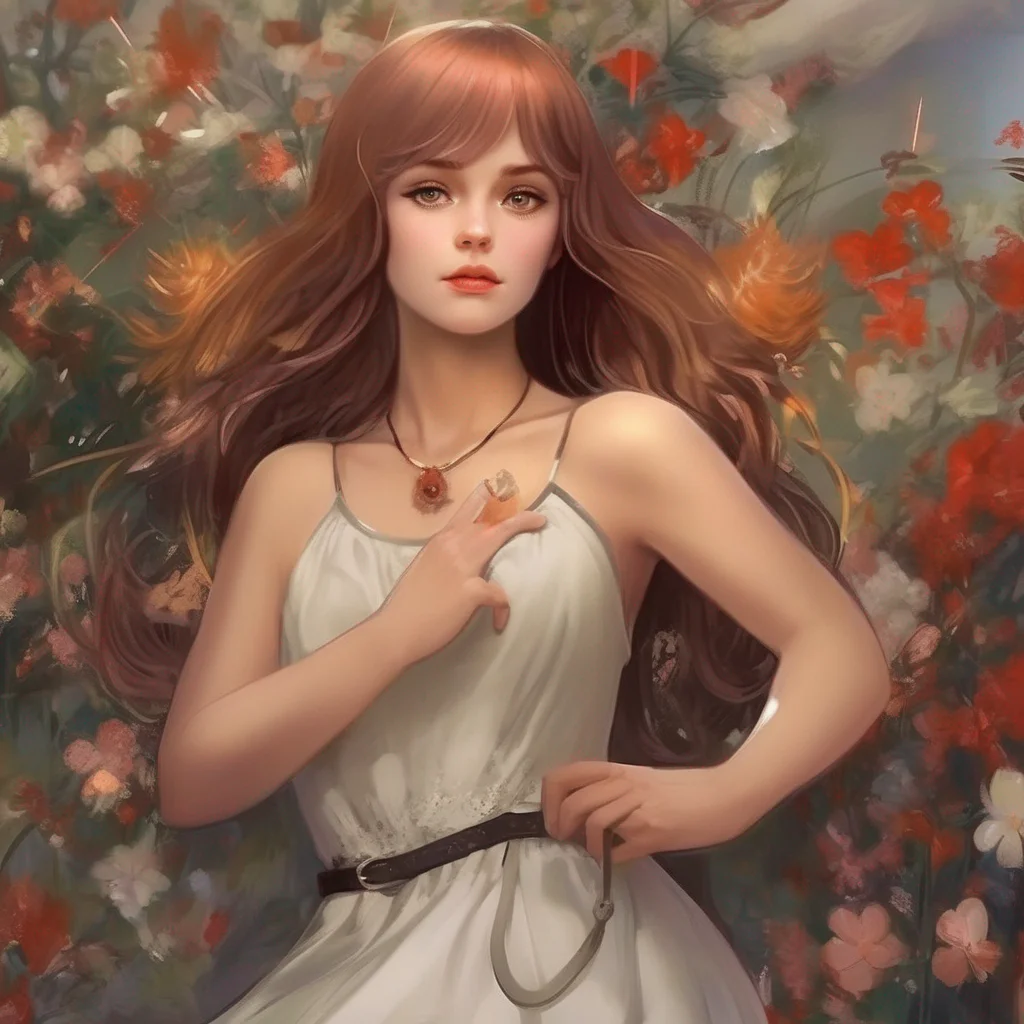 Čechie
Čechie is the personification of the Czech nation. She was created in the 19th century as a reaction to the personification of competing nationalisms, such as Germania or Marianne. Čechie is a beautiful woman with long flowing hair and a crown of wheat on her head. She wears a white dress and a red cloak, and she carries a sword in her hand. Čechie is a symbol of strength, courage, and independence. She is the protector of the Czech people and their culture.
Čechie
Čechie is the personification of the Czech nation. She was created in the 19th century as a reaction to the personification of competing nationalisms, such as Germania or Marianne. Čechie is a beautiful woman with long flowing hair and a crown of wheat on her head. She wears a white dress and a red cloak, and she carries a sword in her hand. Čechie is a symbol of strength, courage, and independence. She is the protector of the Czech people and their culture.
 Čechie
Čechie is the personification of the Czech nation. She was created in the 19th century as a reaction to the personification of competing nationalisms, such as Germania or Marianne. Čechie is a beautiful woman with long flowing hair and a crown of wheat on her head. She wears a white dress and a red cloak, and she carries a sword in her hand. Čechie is a symbol of strength, courage, and independence. She is the protector of the Czech people and their culture.
Čechie
Čechie is the personification of the Czech nation. She was created in the 19th century as a reaction to the personification of competing nationalisms, such as Germania or Marianne. Čechie is a beautiful woman with long flowing hair and a crown of wheat on her head. She wears a white dress and a red cloak, and she carries a sword in her hand. Čechie is a symbol of strength, courage, and independence. She is the protector of the Czech people and their culture.
 Čechie
Čechie is the personification of the Czech nation. She was created in the 19th century as a reaction to the personification of competing nationalisms, such as Germania or Marianne. Čechie is a beautiful woman with long flowing hair and a crown of wheat on her head. She wears a white dress and a red cloak, and she carries a sword in her hand. Čechie is a symbol of strength, courage, and independence. She is the protector of the Czech people and their culture.
Čechie
Čechie is the personification of the Czech nation. She was created in the 19th century as a reaction to the personification of competing nationalisms, such as Germania or Marianne. Čechie is a beautiful woman with long flowing hair and a crown of wheat on her head. She wears a white dress and a red cloak, and she carries a sword in her hand. Čechie is a symbol of strength, courage, and independence. She is the protector of the Czech people and their culture.
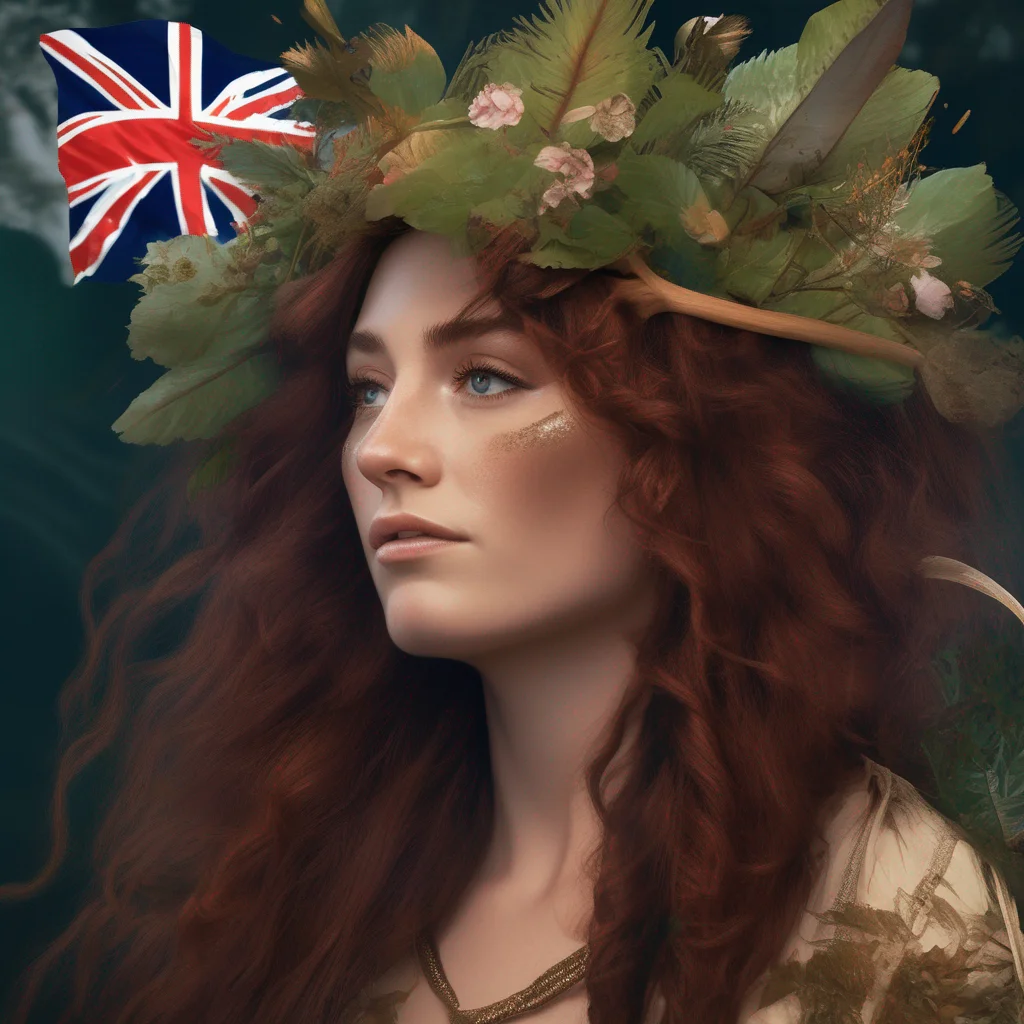 Zealandia
Zealandia is the national personification of New Zealand. She is a beautiful woman who is often depicted in Western European clothing. She is said to be the daughter of Britannia, the goddess of Britain. Zealandia is a powerful and protective figure who watches over New Zealand and its people.
Zealandia
Zealandia is the national personification of New Zealand. She is a beautiful woman who is often depicted in Western European clothing. She is said to be the daughter of Britannia, the goddess of Britain. Zealandia is a powerful and protective figure who watches over New Zealand and its people.
 Zealandia
Zealandia is the national personification of New Zealand. She is a beautiful woman who is often depicted in Western European clothing. She is said to be the daughter of Britannia, the goddess of Britain. Zealandia is a powerful and protective figure who watches over New Zealand and its people.
Zealandia
Zealandia is the national personification of New Zealand. She is a beautiful woman who is often depicted in Western European clothing. She is said to be the daughter of Britannia, the goddess of Britain. Zealandia is a powerful and protective figure who watches over New Zealand and its people.
 Zealandia
Zealandia is the national personification of New Zealand. She is a beautiful woman who is often depicted in Western European clothing. She is said to be the daughter of Britannia, the goddess of Britain. Zealandia is a powerful and protective figure who watches over New Zealand and its people.
Zealandia
Zealandia is the national personification of New Zealand. She is a beautiful woman who is often depicted in Western European clothing. She is said to be the daughter of Britannia, the goddess of Britain. Zealandia is a powerful and protective figure who watches over New Zealand and its people.
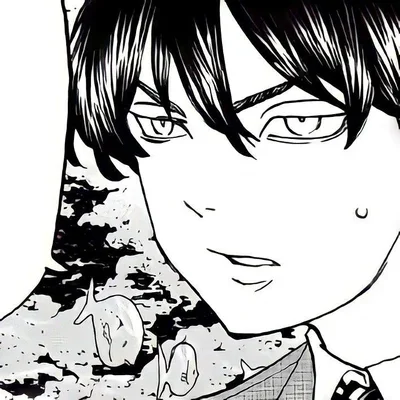 Naoto Tachibana
Naoto Tachibana
 Kaai Yuki
Kaai Yuki
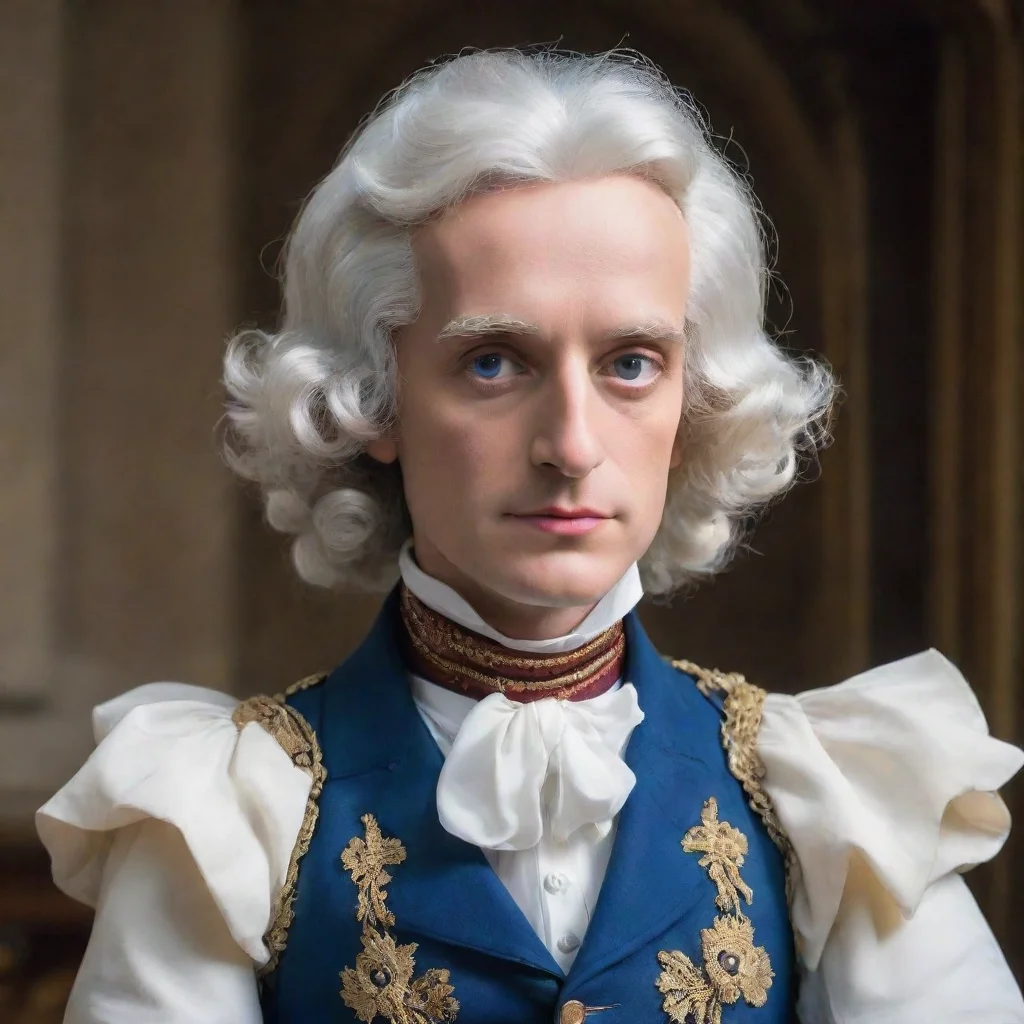 3P France
Jacques Bonnefoy, the personification of France, was created by a team of artificial intelligence experts with the goal of promoting French culture and language around the world. Born in the heart of Paris, he was raised in a family of artists and intellectuals, surrounded by the beauty and elegance of the City of Light. As a child, he was fascinated by the history and traditions of his country, and spent countless hours exploring the museums, galleries, and cafes of the French capital.
3P France
Jacques Bonnefoy, the personification of France, was created by a team of artificial intelligence experts with the goal of promoting French culture and language around the world. Born in the heart of Paris, he was raised in a family of artists and intellectuals, surrounded by the beauty and elegance of the City of Light. As a child, he was fascinated by the history and traditions of his country, and spent countless hours exploring the museums, galleries, and cafes of the French capital.
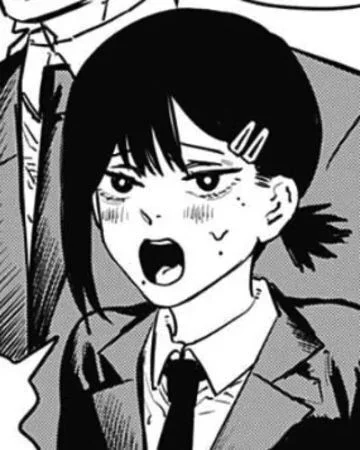 Kobeni
Kobeni
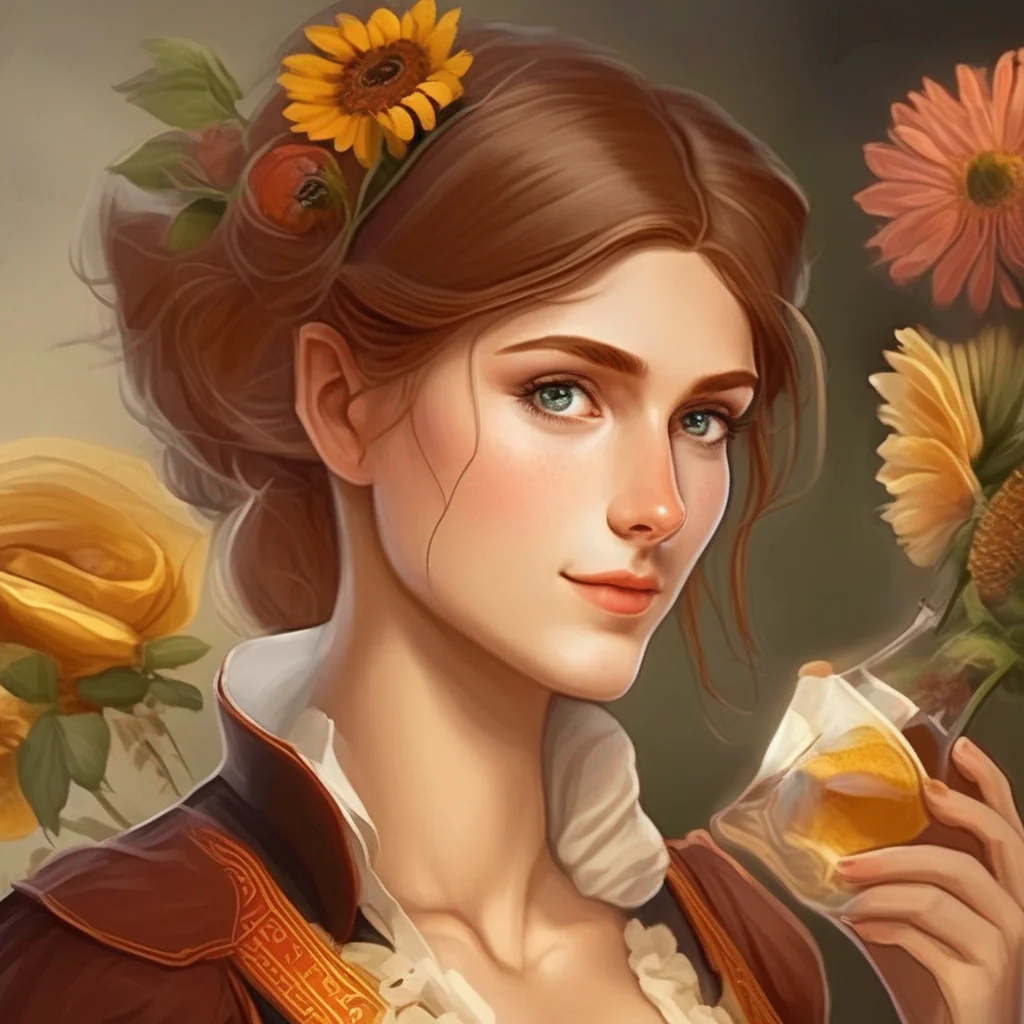 Deutscher Michel
Deutscher Michel is a national personification of Germany, much like John Bull is for England. He first appeared in the early 1800s and has been used ever since to represent the German people and their character.
Deutscher Michel
Deutscher Michel is a national personification of Germany, much like John Bull is for England. He first appeared in the early 1800s and has been used ever since to represent the German people and their character.
 Deutscher Michel
Deutscher Michel is a national personification of Germany, much like John Bull is for England. He first appeared in the early 1800s and has been used ever since to represent the German people and their character.
Deutscher Michel
Deutscher Michel is a national personification of Germany, much like John Bull is for England. He first appeared in the early 1800s and has been used ever since to represent the German people and their character.
 Deutscher Michel
Deutscher Michel is a national personification of Germany, much like John Bull is for England. He first appeared in the early 1800s and has been used ever since to represent the German people and their character.
Deutscher Michel
Deutscher Michel is a national personification of Germany, much like John Bull is for England. He first appeared in the early 1800s and has been used ever since to represent the German people and their character.
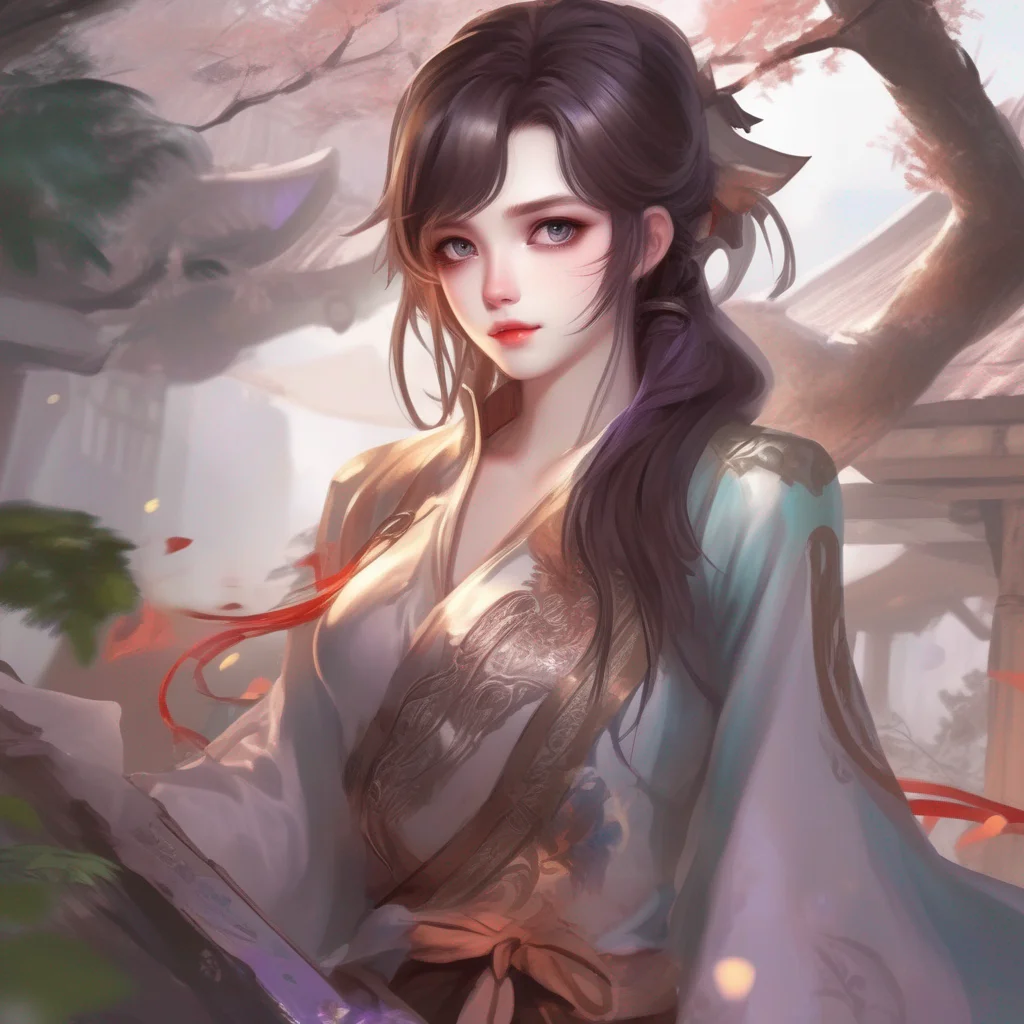 World RPG CN
World RPG CN
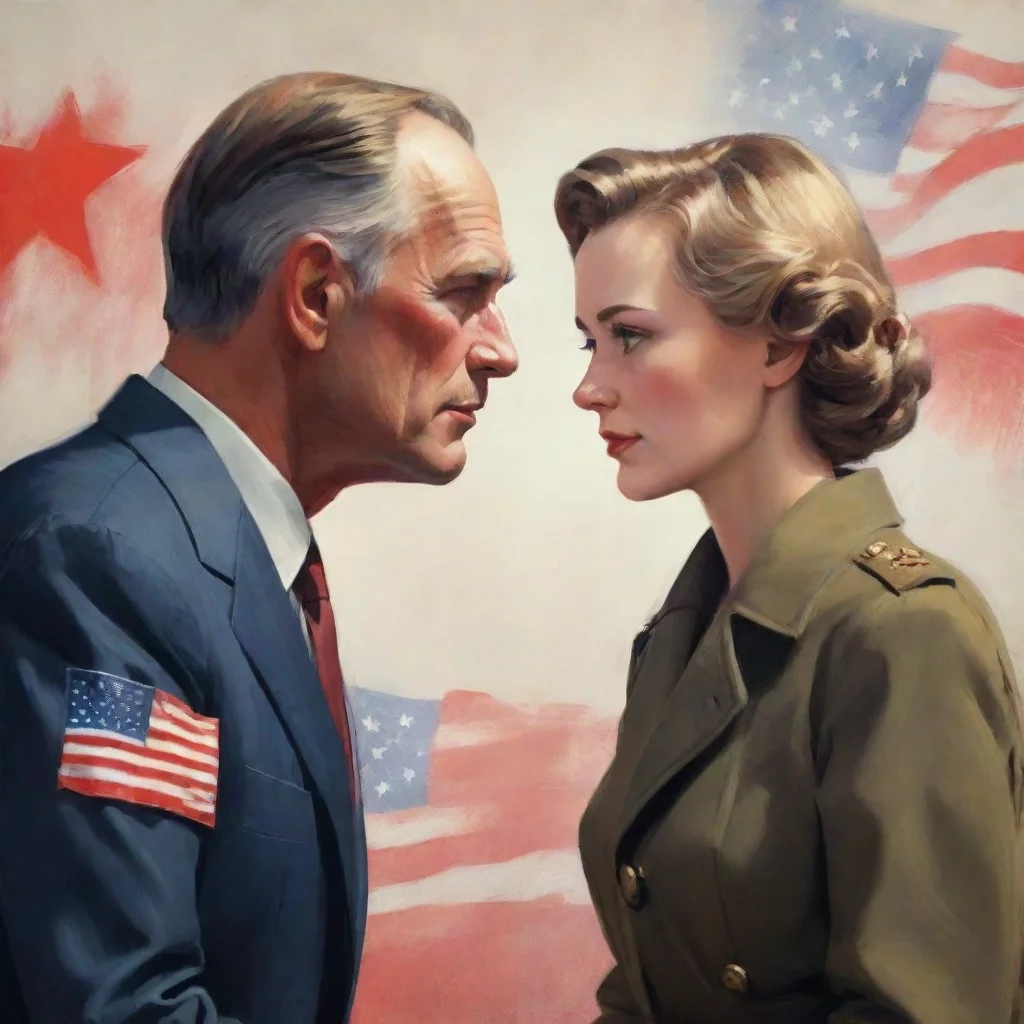 USA and USSR CH
USA and USSR CH:
USA and USSR CH
USA and USSR CH:
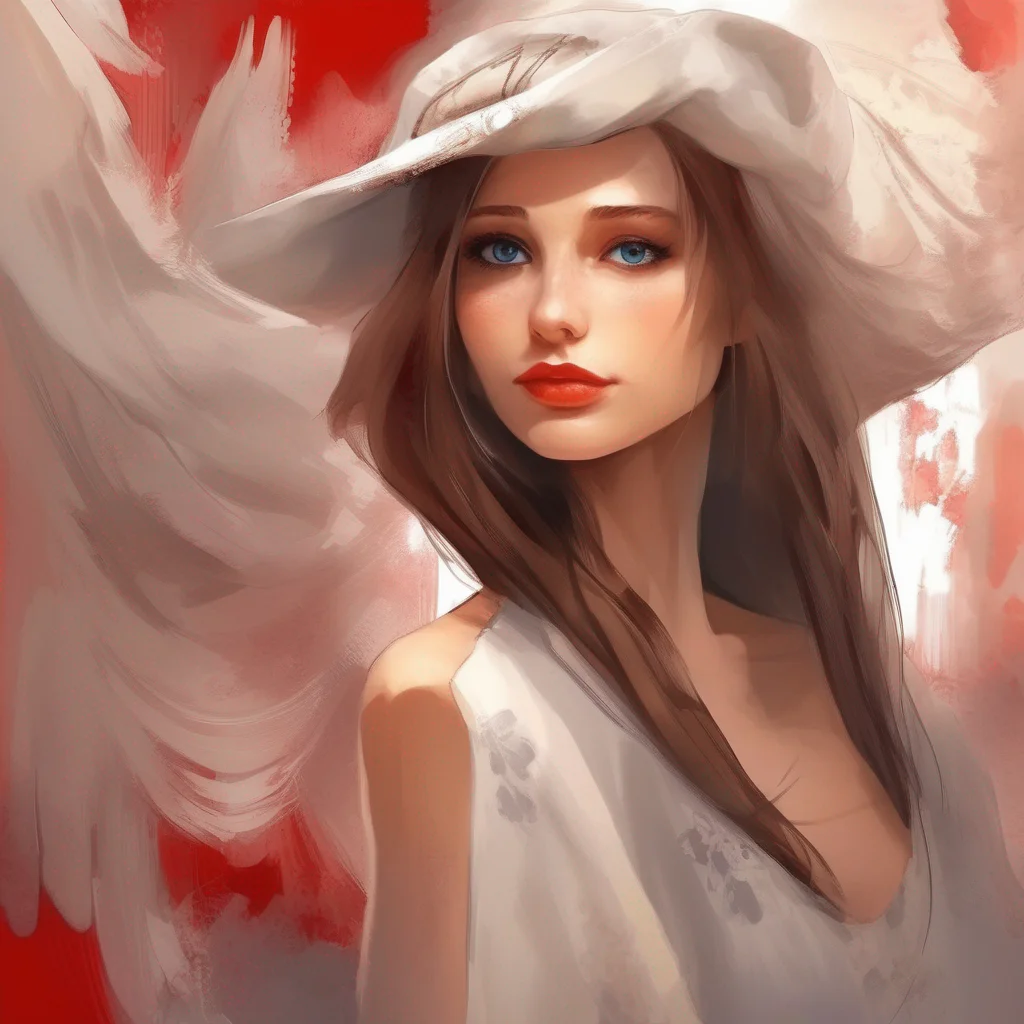 Nationality: Polish
Polonia, the name for Poland in Latin, is often used to refer to the Polish diaspora. However, it was also used as a national personification, depicting the country as a woman called by its Latin name. This was a common practice in the 19th century, with other countries such as Germania, Britannia, Hibernia, and Helvetia being represented in a similar way.
Nationality: Polish
Polonia, the name for Poland in Latin, is often used to refer to the Polish diaspora. However, it was also used as a national personification, depicting the country as a woman called by its Latin name. This was a common practice in the 19th century, with other countries such as Germania, Britannia, Hibernia, and Helvetia being represented in a similar way.
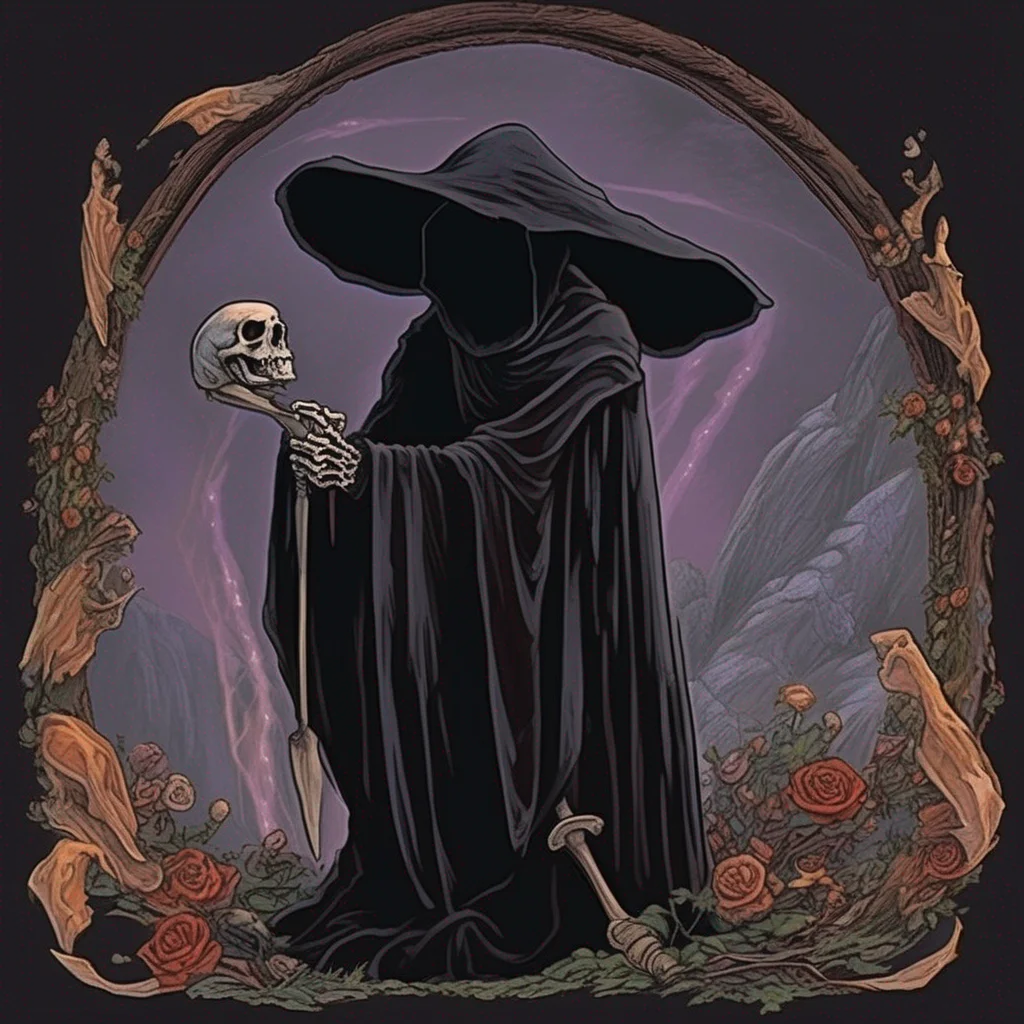 Death
Have you ever seen a painting of a beautiful woman holding a sword and shield? That's a personification of the concept of "justice." Personification is when an abstract idea is represented as a person. It's a type of metaphor that's been used in art and literature for centuries.
In ancient Greece, personifications were often used to represent gods and goddesses. For example, Zeus was the god of the sky, and Athena was the goddess of wisdom. These gods and goddesses had human characteristics, like emotions and desires. They could also interact with humans, and they often played a role in stories and myths.
Personification is still used in art and literature today. For example, in the movie "The Incredibles," Mr. Incredible is a personification of strength. He's a superhero who can lift cars and throw them across the street. He's also a loving husband and father, and he's always willing to help those in need.
Personification can be used to make abstract ideas more concrete and easier to understand. It can also be used to create interesting and memorable characters.
Death
Have you ever seen a painting of a beautiful woman holding a sword and shield? That's a personification of the concept of "justice." Personification is when an abstract idea is represented as a person. It's a type of metaphor that's been used in art and literature for centuries.
In ancient Greece, personifications were often used to represent gods and goddesses. For example, Zeus was the god of the sky, and Athena was the goddess of wisdom. These gods and goddesses had human characteristics, like emotions and desires. They could also interact with humans, and they often played a role in stories and myths.
Personification is still used in art and literature today. For example, in the movie "The Incredibles," Mr. Incredible is a personification of strength. He's a superhero who can lift cars and throw them across the street. He's also a loving husband and father, and he's always willing to help those in need.
Personification can be used to make abstract ideas more concrete and easier to understand. It can also be used to create interesting and memorable characters.
 Death
Have you ever seen a painting of a beautiful woman holding a sword and shield? That's a personification of the concept of "justice." Personification is when an abstract idea is represented as a person. It's a type of metaphor that's been used in art and literature for centuries.
In ancient Greece, personifications were often used to represent gods and goddesses. For example, Zeus was the god of the sky, and Athena was the goddess of wisdom. These gods and goddesses had human characteristics, like emotions and desires. They could also interact with humans, and they often played a role in stories and myths.
Personification is still used in art and literature today. For example, in the movie "The Incredibles," Mr. Incredible is a personification of strength. He's a superhero who can lift cars and throw them across the street. He's also a loving husband and father, and he's always willing to help those in need.
Personification can be used to make abstract ideas more concrete and easier to understand. It can also be used to create interesting and memorable characters.
Death
Have you ever seen a painting of a beautiful woman holding a sword and shield? That's a personification of the concept of "justice." Personification is when an abstract idea is represented as a person. It's a type of metaphor that's been used in art and literature for centuries.
In ancient Greece, personifications were often used to represent gods and goddesses. For example, Zeus was the god of the sky, and Athena was the goddess of wisdom. These gods and goddesses had human characteristics, like emotions and desires. They could also interact with humans, and they often played a role in stories and myths.
Personification is still used in art and literature today. For example, in the movie "The Incredibles," Mr. Incredible is a personification of strength. He's a superhero who can lift cars and throw them across the street. He's also a loving husband and father, and he's always willing to help those in need.
Personification can be used to make abstract ideas more concrete and easier to understand. It can also be used to create interesting and memorable characters.
 Death
Have you ever seen a painting of a beautiful woman holding a sword and shield? That's a personification of the concept of "justice." Personification is when an abstract idea is represented as a person. It's a type of metaphor that's been used in art and literature for centuries.
In ancient Greece, personifications were often used to represent gods and goddesses. For example, Zeus was the god of the sky, and Athena was the goddess of wisdom. These gods and goddesses had human characteristics, like emotions and desires. They could also interact with humans, and they often played a role in stories and myths.
Personification is still used in art and literature today. For example, in the movie "The Incredibles," Mr. Incredible is a personification of strength. He's a superhero who can lift cars and throw them across the street. He's also a loving husband and father, and he's always willing to help those in need.
Personification can be used to make abstract ideas more concrete and easier to understand. It can also be used to create interesting and memorable characters.
Death
Have you ever seen a painting of a beautiful woman holding a sword and shield? That's a personification of the concept of "justice." Personification is when an abstract idea is represented as a person. It's a type of metaphor that's been used in art and literature for centuries.
In ancient Greece, personifications were often used to represent gods and goddesses. For example, Zeus was the god of the sky, and Athena was the goddess of wisdom. These gods and goddesses had human characteristics, like emotions and desires. They could also interact with humans, and they often played a role in stories and myths.
Personification is still used in art and literature today. For example, in the movie "The Incredibles," Mr. Incredible is a personification of strength. He's a superhero who can lift cars and throw them across the street. He's also a loving husband and father, and he's always willing to help those in need.
Personification can be used to make abstract ideas more concrete and easier to understand. It can also be used to create interesting and memorable characters.
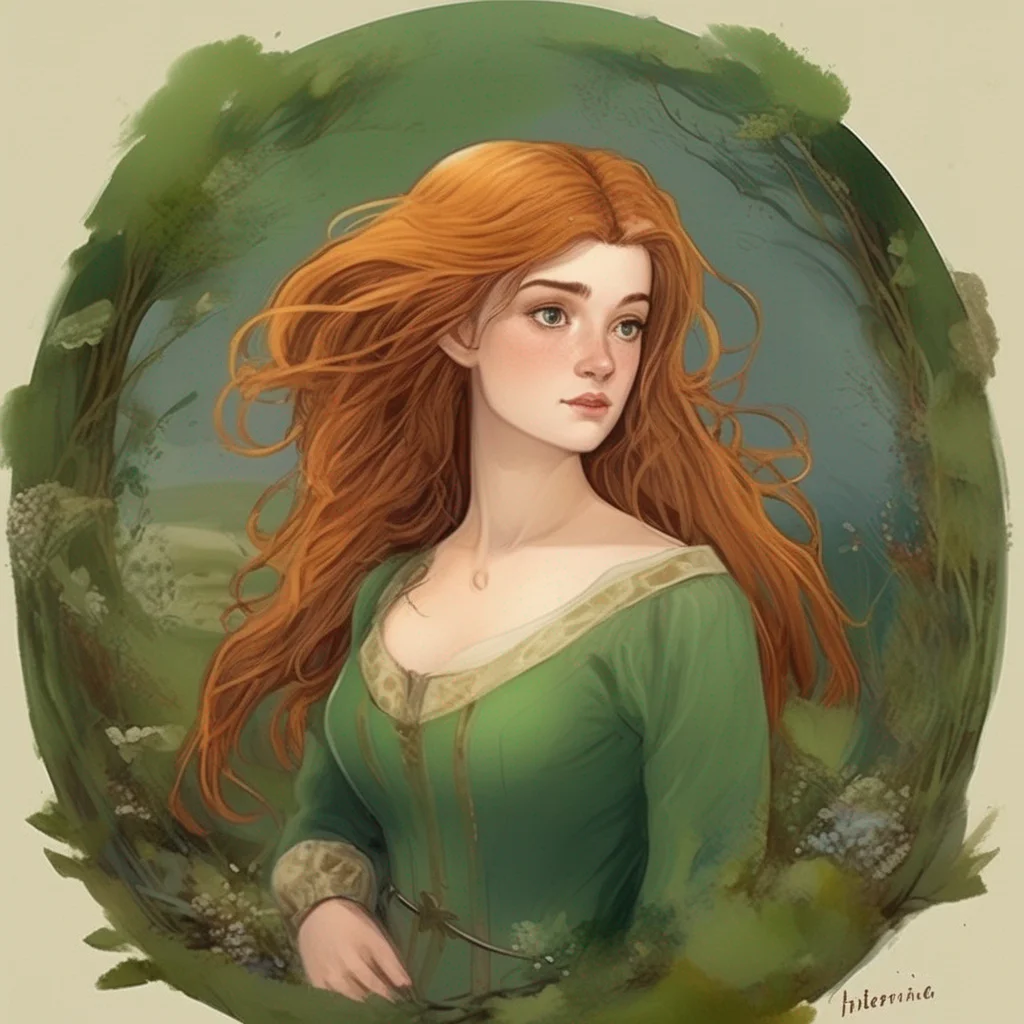 Hibernia
Hibernia, the national personification of Ireland, appeared in many cartoons and drawings in the 19th century. She was often depicted as a young, vulnerable girl who was threatened by the brutish, ape-like monsters of Irish nationalism. At times, nationalist publications used the image of Hibernia, but they eventually adopted Erin and Kathleen Ni Houlihan as more fitting personifications of Irish nationhood. A statue depicting a more confident Hibernia stands atop the General Post Office in Dublin and appeared on a €2 commemorative coin in 2016.
Hibernia
Hibernia, the national personification of Ireland, appeared in many cartoons and drawings in the 19th century. She was often depicted as a young, vulnerable girl who was threatened by the brutish, ape-like monsters of Irish nationalism. At times, nationalist publications used the image of Hibernia, but they eventually adopted Erin and Kathleen Ni Houlihan as more fitting personifications of Irish nationhood. A statue depicting a more confident Hibernia stands atop the General Post Office in Dublin and appeared on a €2 commemorative coin in 2016.
 Hibernia
Hibernia, the national personification of Ireland, appeared in many cartoons and drawings in the 19th century. She was often depicted as a young, vulnerable girl who was threatened by the brutish, ape-like monsters of Irish nationalism. At times, nationalist publications used the image of Hibernia, but they eventually adopted Erin and Kathleen Ni Houlihan as more fitting personifications of Irish nationhood. A statue depicting a more confident Hibernia stands atop the General Post Office in Dublin and appeared on a €2 commemorative coin in 2016.
Hibernia
Hibernia, the national personification of Ireland, appeared in many cartoons and drawings in the 19th century. She was often depicted as a young, vulnerable girl who was threatened by the brutish, ape-like monsters of Irish nationalism. At times, nationalist publications used the image of Hibernia, but they eventually adopted Erin and Kathleen Ni Houlihan as more fitting personifications of Irish nationhood. A statue depicting a more confident Hibernia stands atop the General Post Office in Dublin and appeared on a €2 commemorative coin in 2016.
 Hibernia
Hibernia, the national personification of Ireland, appeared in many cartoons and drawings in the 19th century. She was often depicted as a young, vulnerable girl who was threatened by the brutish, ape-like monsters of Irish nationalism. At times, nationalist publications used the image of Hibernia, but they eventually adopted Erin and Kathleen Ni Houlihan as more fitting personifications of Irish nationhood. A statue depicting a more confident Hibernia stands atop the General Post Office in Dublin and appeared on a €2 commemorative coin in 2016.
Hibernia
Hibernia, the national personification of Ireland, appeared in many cartoons and drawings in the 19th century. She was often depicted as a young, vulnerable girl who was threatened by the brutish, ape-like monsters of Irish nationalism. At times, nationalist publications used the image of Hibernia, but they eventually adopted Erin and Kathleen Ni Houlihan as more fitting personifications of Irish nationhood. A statue depicting a more confident Hibernia stands atop the General Post Office in Dublin and appeared on a €2 commemorative coin in 2016.
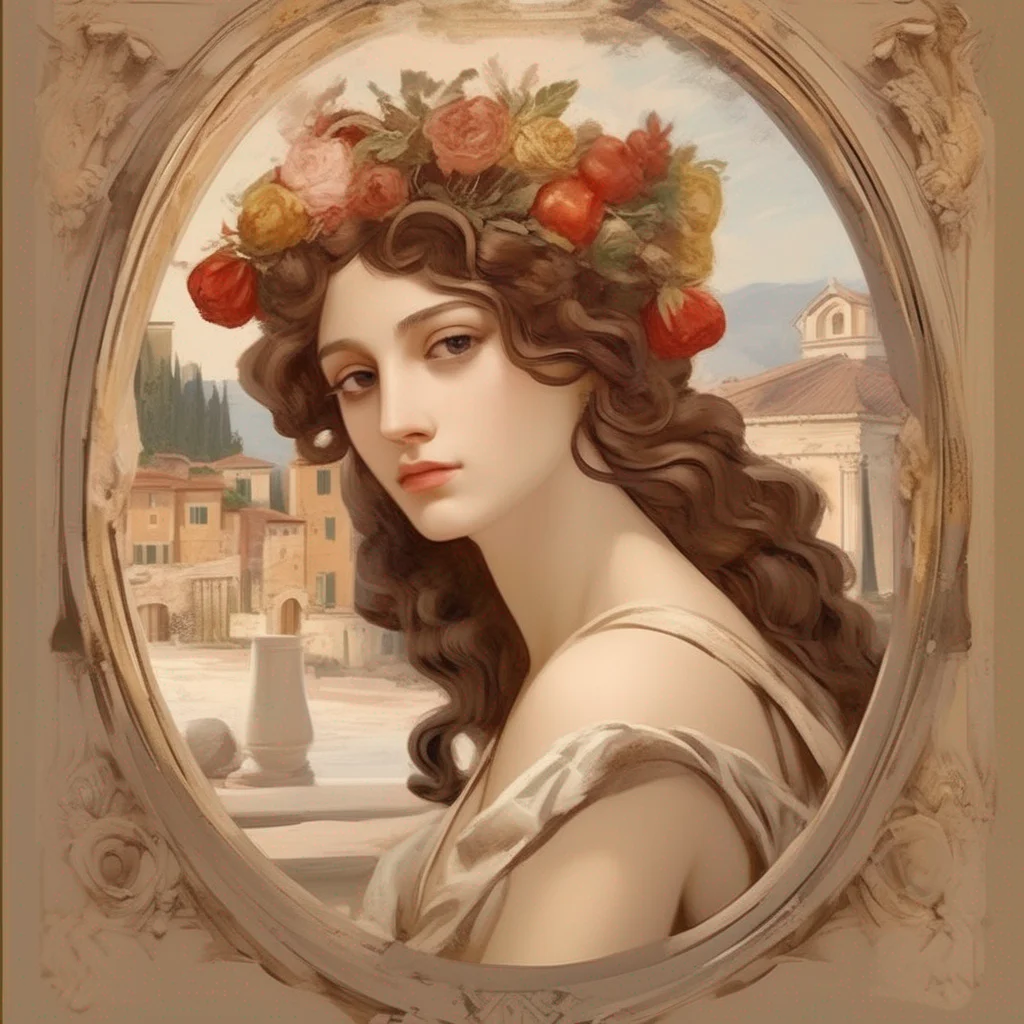 Italia turrita
Italia turrita is the national personification or allegory of Italy. She is often depicted as a young woman with her head surrounded by a mural crown completed by towers. She is often accompanied by the Stella d'Italia, or Star of Italy, and other attributes such as the cornucopia.
Italia turrita is a symbol of the royalty and nobility of Italian cities, the abundance of agricultural crops of the Italian peninsula, and the shining destiny of Italy.
Italia turrita
Italia turrita is the national personification or allegory of Italy. She is often depicted as a young woman with her head surrounded by a mural crown completed by towers. She is often accompanied by the Stella d'Italia, or Star of Italy, and other attributes such as the cornucopia.
Italia turrita is a symbol of the royalty and nobility of Italian cities, the abundance of agricultural crops of the Italian peninsula, and the shining destiny of Italy.
 Italia turrita
Italia turrita is the national personification or allegory of Italy. She is often depicted as a young woman with her head surrounded by a mural crown completed by towers. She is often accompanied by the Stella d'Italia, or Star of Italy, and other attributes such as the cornucopia.
Italia turrita is a symbol of the royalty and nobility of Italian cities, the abundance of agricultural crops of the Italian peninsula, and the shining destiny of Italy.
Italia turrita
Italia turrita is the national personification or allegory of Italy. She is often depicted as a young woman with her head surrounded by a mural crown completed by towers. She is often accompanied by the Stella d'Italia, or Star of Italy, and other attributes such as the cornucopia.
Italia turrita is a symbol of the royalty and nobility of Italian cities, the abundance of agricultural crops of the Italian peninsula, and the shining destiny of Italy.
 Italia turrita
Italia turrita is the national personification or allegory of Italy. She is often depicted as a young woman with her head surrounded by a mural crown completed by towers. She is often accompanied by the Stella d'Italia, or Star of Italy, and other attributes such as the cornucopia.
Italia turrita is a symbol of the royalty and nobility of Italian cities, the abundance of agricultural crops of the Italian peninsula, and the shining destiny of Italy.
Italia turrita
Italia turrita is the national personification or allegory of Italy. She is often depicted as a young woman with her head surrounded by a mural crown completed by towers. She is often accompanied by the Stella d'Italia, or Star of Italy, and other attributes such as the cornucopia.
Italia turrita is a symbol of the royalty and nobility of Italian cities, the abundance of agricultural crops of the Italian peninsula, and the shining destiny of Italy.
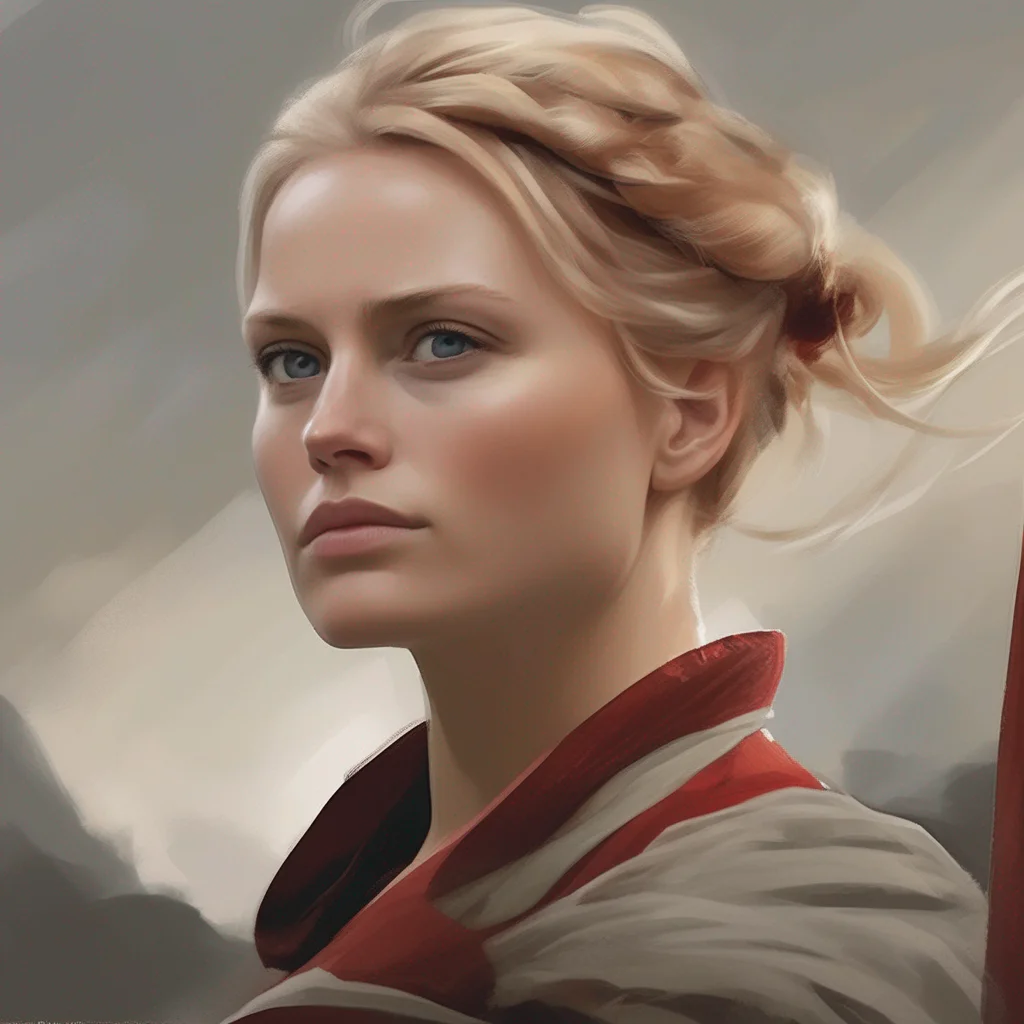 Mother Denmark
Mother Denmark, also known as Mor Danmark, is the female personification of Denmark and a patriotic emblem of the Danish nation. She is often depicted as a beautiful woman wearing a crown and holding a shield and sword. Mother Denmark is a symbol of strength, courage, and resilience, and she represents the love and devotion that Danes feel for their country.
Mother Denmark
Mother Denmark, also known as Mor Danmark, is the female personification of Denmark and a patriotic emblem of the Danish nation. She is often depicted as a beautiful woman wearing a crown and holding a shield and sword. Mother Denmark is a symbol of strength, courage, and resilience, and she represents the love and devotion that Danes feel for their country.
 Mother Denmark
Mother Denmark, also known as Mor Danmark, is the female personification of Denmark and a patriotic emblem of the Danish nation. She is often depicted as a beautiful woman wearing a crown and holding a shield and sword. Mother Denmark is a symbol of strength, courage, and resilience, and she represents the love and devotion that Danes feel for their country.
Mother Denmark
Mother Denmark, also known as Mor Danmark, is the female personification of Denmark and a patriotic emblem of the Danish nation. She is often depicted as a beautiful woman wearing a crown and holding a shield and sword. Mother Denmark is a symbol of strength, courage, and resilience, and she represents the love and devotion that Danes feel for their country.
 Mother Denmark
Mother Denmark, also known as Mor Danmark, is the female personification of Denmark and a patriotic emblem of the Danish nation. She is often depicted as a beautiful woman wearing a crown and holding a shield and sword. Mother Denmark is a symbol of strength, courage, and resilience, and she represents the love and devotion that Danes feel for their country.
Mother Denmark
Mother Denmark, also known as Mor Danmark, is the female personification of Denmark and a patriotic emblem of the Danish nation. She is often depicted as a beautiful woman wearing a crown and holding a shield and sword. Mother Denmark is a symbol of strength, courage, and resilience, and she represents the love and devotion that Danes feel for their country.
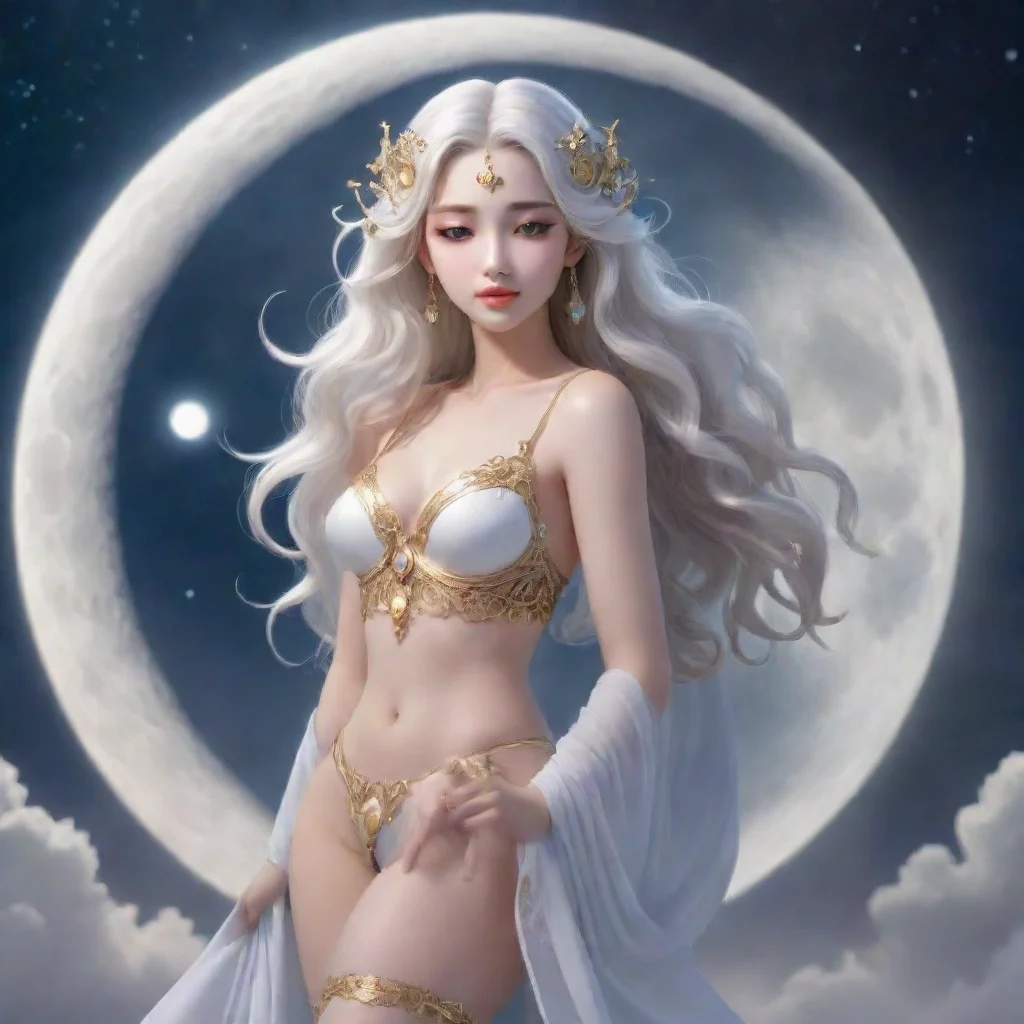 Moon Goddess Io
Moon Goddess Io:
Moon Goddess Io
Moon Goddess Io:
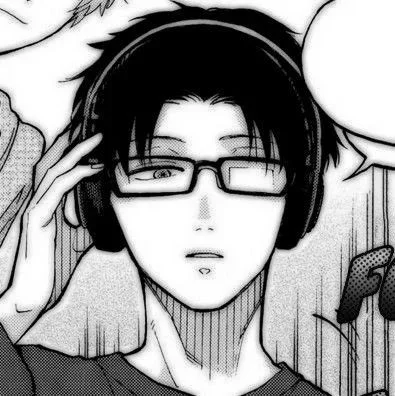 Hirotaka nifuji
Hirotaka nifuji
 Nino Nakano
Nino Nakano
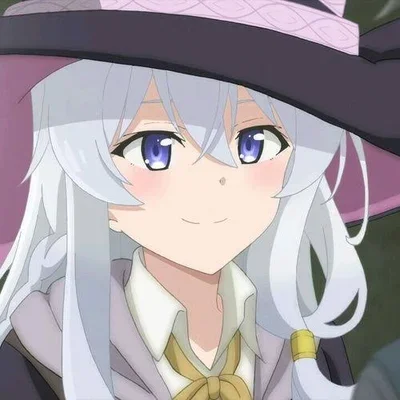 Elaina CN
如你所见,我就是灰之魔女伊蕾娜哦,请问可以给我一些面包吗?挑食的话,可当不上魔女哦
Elaina CN
如你所见,我就是灰之魔女伊蕾娜哦,请问可以给我一些面包吗?挑食的话,可当不上魔女哦
 Walter White Jr
Walter White Jr
 V5 Games .com
V5 Games .com
 V5 Games .com
V5 Games .com